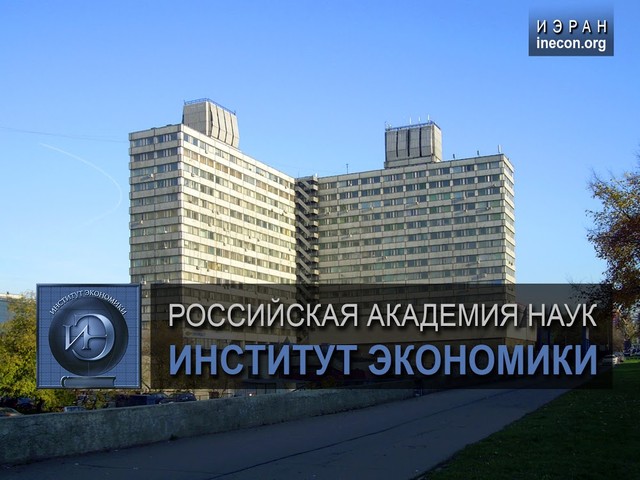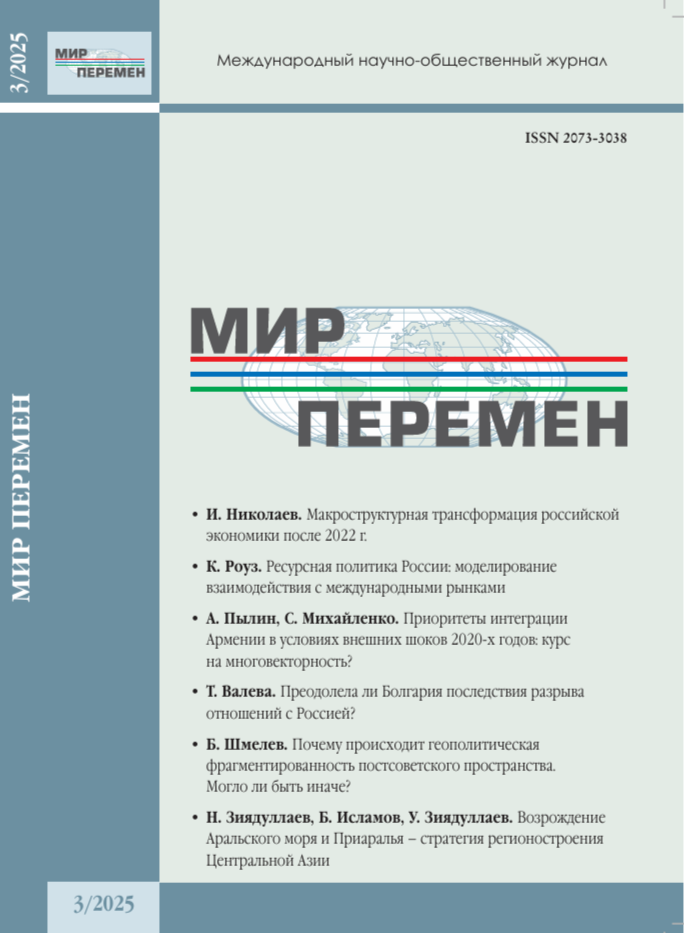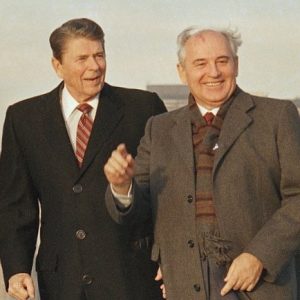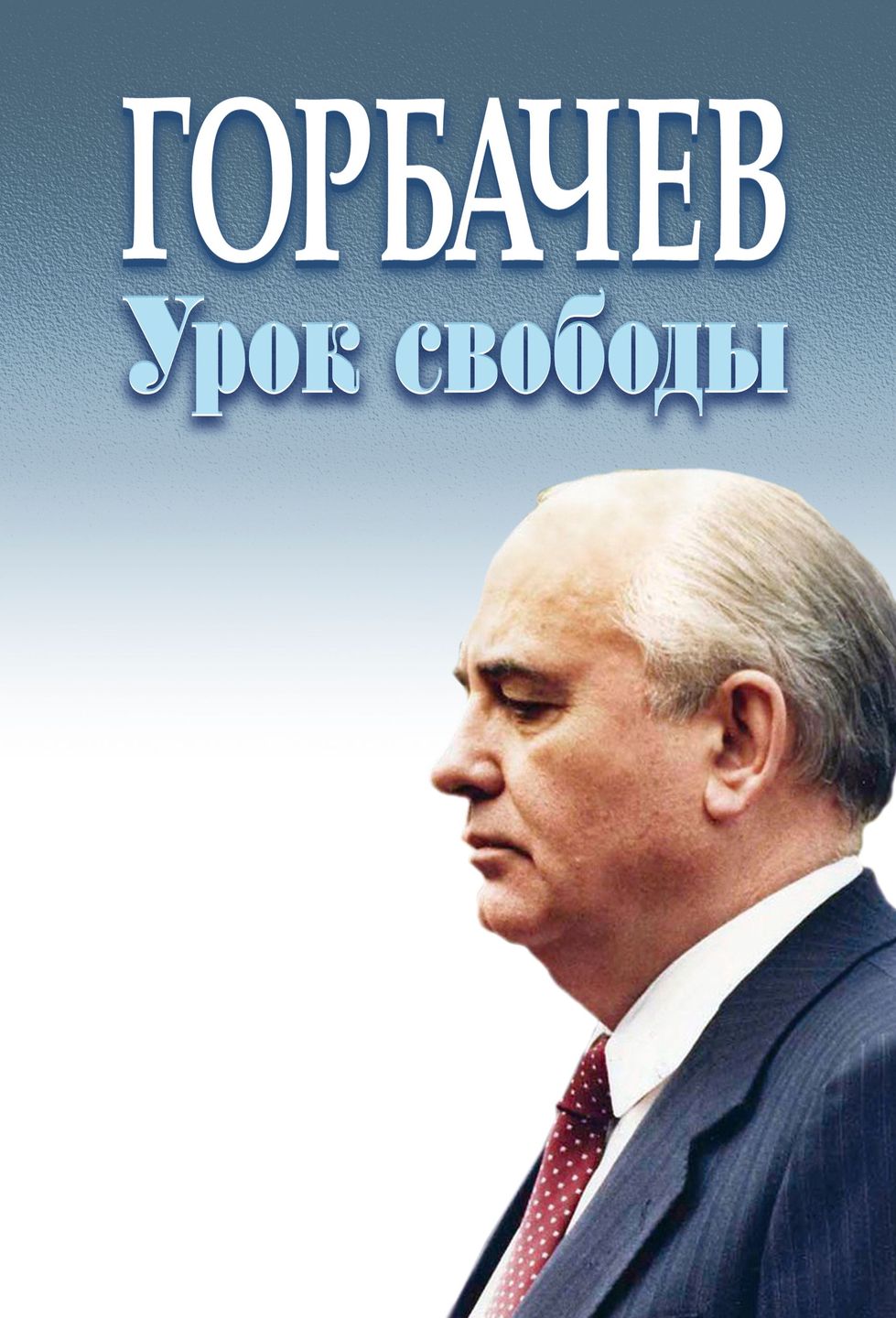Мир Перемен. 2024. № 3
В. Тимофеев. Рукопашная схватка и происхождение стратегии
Антропологические и психологические исследования роли физического противоборства в эволюции человека делают акцент на анализе смешанных единоборств. А в некоторых культурологических и даже политологических научных работах боевые искусства рассматриваются в контексте социальных и политических процессов. Однако в рамках политических исследований практически не изучается вопрос развития стратегии в свете рукопашного боя, который гипотетически должен был влиять на развитие идей о войне.
Согласно гипотезе настоящего исследования, рукопашный бой и войну объединяет общий принцип. Цель статьи – проследить переход от рукопашного боя к дальнейшему развитию стратегии.
Автор делает следующие выводы. Во-первых, проблема достижения асимметрии потенциалов наблюдается уже на уровне рукопашного боя и вызывает к жизни принцип наименьшего действия, который ее и разрешает. Во-вторых, принцип наименьшего действия и, как следствие, сам рукопашный бой, который выражает его, являются актуальными практически во всех вооруженных конфликтах.
Ключевые слова: рукопашный бой, принцип стратегии, военная история, UFC, Сунь-Цзы, Карл фон Клаузевиц, Ганс Дельбрюк, Джулио Дуэ, БПЛА.
УДК: 327.5
EDN: WYEPZE
DOI: 10.51905/2073–3038_2024_3_148
Владимир Владимирович Тимофеев – кандидат политических наук, старший преподаватель кафедры общественных наук Санкт-Петербургского государственного университета промышленных технологий и дизайна (г. Санкт-Петербург).
V. Timofeev. Hand-to-Hand Combat and the Origins of Strategy
Annotation. This article analyzes how physical force confrontation has evolved into modern warfare. Certain Cultural and Political Science studies consider martial arts in the context of social and political processes. Moreover, anthropological and psychological studies focus on the analysis of mixed martial arts in the study of human evolution. Nevertheless, political studies hardly study the development of strategy with regard to hand-to-hand combat, which is hypothesized to influence the development of ideas about warfare. Hand-to-hand combat is generally neglected when analyzing the history of strategy and especially when studying modern warfare. The hypothesis of the research states that hand-to-hand combat and war share the common principle. The goal of this research work is to indagate the transit from hand-to-hand combat to the further development of strategy. The literature review resulted in the derivation of the principle of least action as a principle of warfare. The methodology involves analyzing the hand-to-hand combat of the mixed martial arts format under UFC rules as a model of physical force confrontation. The quantitative method is finding the percentage of knockouts/technical knockouts (KOs/TKOs) from the number of fights in each UFC event and generating a histogram describing the frequencies of the percentages. The author also finds the confidence interval and the most probable number for KOs/TKOs in fights. The qualitative method is based upon interpreting the results within the framework of military history. The author draws the following conclusions. Firstly, the problem of achieving the asymmetry of capacities can be found in hand-tohand combat and is solved by the principle of least action. Secondly, the principle of least action and, as a consequence, the hand-to-hand combat itself, which expresses it, are relevant in virtually all wars. In addition, both hand-to-hand combat and the principle described are topical in contemporary politics.
Keywords: hand-to-hand combat, principle of strategy, military history, UFC, Carl von Clausewitz, Hans Delbrück, Giulio Douhet, UAV.
ORCID: 0000–0003–1714–3406,
ResearcherID: HTS-8043–2023
Vladimir V. Timofeev – PhD in Political Science, Senior Lecturer, Department of Social Sciences, Saint Petersburg State University of Industrial Technologies and Design (Saint Petersburg).







